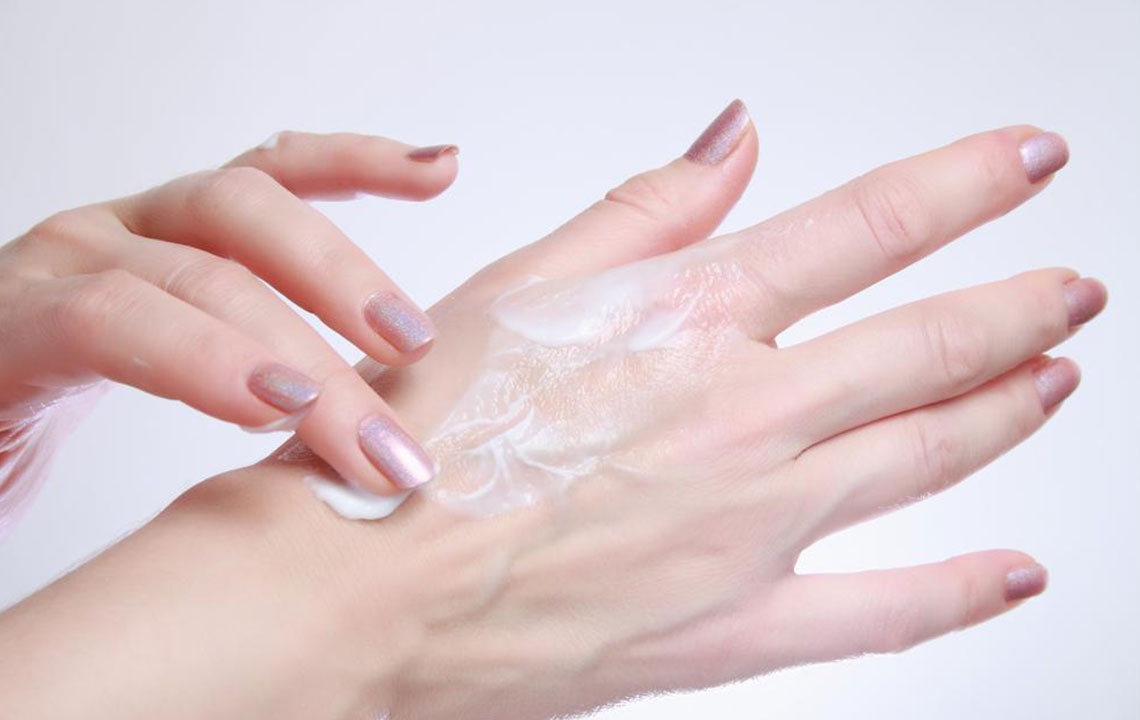Effective and East Treatments for Postherpetic Neuralgia
Postherpetic neuralgia is a painful skin condition caused by the herpes zoster (chickenpox) virus. Once the shingles start to crust and heal, neuralgia sets in, damaging the nerve endings in the skin. This causes a pain that burns and makes the skin sensitive to even the lightest touch. This condition can last from a few months to a year.
People older than the age of 60 years are at a higher risk of developing this complication.

Postherpetic Neuralgia Treatment Options
Postherpetic neuralgia has no proper medication or treatment. A combination treatment for Postherpetic neuralgia is required in most cases to ease the pain.
Medication
Although medicines cannot eliminate the pain entirely, still they can work towards reducing it and making it more manageable for you. Initially, your health practitioner may recommend using an over-the-counter painkiller such as paracetamol or combine it with codeine to see its effect. However, these standard pills have been known to be ineffective against treating the condition, and most of the time it is required to explore alternative options for p ostherpetic neuralgia. These postherpetic neuralgia treatment options have been discussed below:
- Anti-depressants: Medicines such as duloxetine(Cymbalta) and amitriptyline are used to treat depression. As they target chemical reactions in the brain that form the core of pain impulses, they can also be used for treating the shingles pain. These are started off in small doses to work slowly on your nervous system, dulling the senses and providing relief from the pain. Side effects include drowsiness, feeling light-headed, dry mouth, and weight gain.
- Anti-convulsants: Anti-seizure medicines help stabilize abnormal spikes in brain activity that are caused by damage to nerve ends. Originally intended to treat epilepsy, this type of medication lessens the pain by causing a dampening effect on your nervous system. Pregabalin and gabapentin (Gralise, Neurontin) are effective medications that are known to curb the pain sensitivity. You might observe swelling in the feet and fuzzy thought process as side effects of these medicines.
- Opioids
These medicines are prescribed by a pain specialist in case other medications have failed to help in bringing down your pain. Commonly prescribed opioids contain tramadol (Ultracet, Conzip) or morphine. You should take them only after consultation with your healthcare provider as they are known to cause emotional setbacks and tendencies towards suicide. - Lidocaine skin plaster
These are bandages that contain lidocaine that works as a local anesthetic. Patches are cut out to fit areas affected by the pain and stuck onto the skin. The medicine gets absorbed directly into your skin and provides temporary relief. - Capsaicin cream
This is used for topical application on painful areas. This contains the ingredient capsaicin that is found in chili peppers. It works by stimulating a blocking compound in the nervous system that obstructs pain signals being transferred between nerves. Once applied to the skin, it acts a treatment for postherpetic neuralgia that first stimulates the pain and then lowers its intensity gradually.
Preventive Measures
To help keep your painful symptoms in check, you could adopt a few self-care methods:
- Keep sensitive areas covered
There could be some areas of your skin that have a heightened sensitivity to touch. These spots tend to send shooting pain when accidentally rubbed by your own clothing. You can cover these areas with plastic dressings (for wounds) or make use of a cling film to avoid pain flare-ups. - Comfort clothing
Clothes made of coarse or synthetic materials are likely to cause irritation on your skin, choose gentler fabrics such as cotton or silk. These rest lightly on your body and don’t cause too much friction, giving relief to your symptoms. Additionally, you should avoid tight-fitting clothes. - Ice packs
These can be applied to the painful areas to numb the pain. In some case, however, postherpetic neuralgia gets worsened by the cold. Make sure to apply the pack gently onto a small patch first and see if your pain situation escalates or gets better.
Physical Therapy
Another effective postherpetic neuralgia treatment is through active physical treatments like:
- Exercis
Exercising helps build up strength in the muscles and reduces the stress levels in your body. The strengthening of muscles and a stress-free body helps assuage the pain. You could take the help of a personal trainer or therapist who could start you off with low-impact exercises like tai chi or yoga. Later, strength and flexibility building exercises can be added to your workout plan. - Acupuncture
This is an alternative form of treatment from ancient China, which believes that pain is caused by the obstruction of energy flow. Needles are inserted into your skin to clear off these blockages and promote the better flow of energy. This treatment for postherpetic neuralgia has no side effects and helps your body deal with the pain.
Deep-breathing exercises and meditation have also shown great results in successful improvement of postherpetic neuralgia symptoms over time and prove to be effective treatments for postherpetic neuralgia.